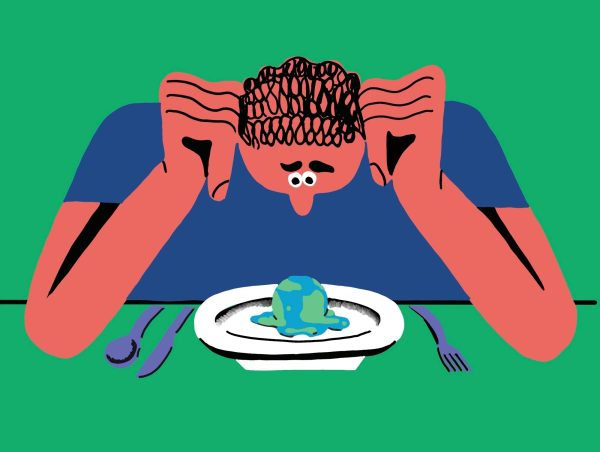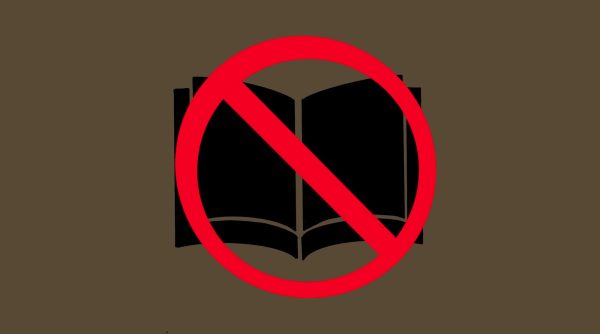Sino-Indian Border: How Old Tensions Can Spur New Conflicts
Spanish philosopher George Santayana once famously said “Those who cannot remember the past are condemned to repeat it.” However humans have a tendency to repeat themselves not just for forgetting history, but because we can’t let go of it. Grudges and feuds transcend generations, and have brought about some of the most notorious conflicts in human history. Germany’s ambition to control Europe notoriously pushed them to begin both World Wars within the span of only 25 years, their second efforts only emboldened by their first defeat. Ancient feuds and rivaling cultures saw Japan engage China in the two Sino-Japanese Wars in 1894 and 1937. Mussolini’s obsession with the reunification of the Roman Empire contributed to the birth of modern fascism, just as the Kim Dynasty’s determination to unify the Korean Peninsula led to the Korean War, leaving the north and south nations in a tense standoff persisting to this day. Nations across the world have become entrapped by their own histories, trying to set right what once went wrong.
Few nations are rising as quickly in power and influence on the world stage as China and India. These two nations boast the largest populations in the world, leaving the United States a distant third, fall within the top five largest economies on earth and are two of only nine nuclear-capable nations in the world. That these two powerhouses share a heavily disputed border 2,520 miles long would make them natural competitors.
More recently, tensions between these two nations have flared, beginning on May 5 of this year when soldiers from both militaries began to engage in fatal melees and skirmishes between one-another along the Sino-Indian border. Between June 15 and 16 alone, Indian casualties amounted to 20 soldiers while China lost 43, both figures including an officer. Brawls along the border between soldiers of these nations is not unheard of, yet none of them have proven fatal since 1975.
What precipitated the conflict and who, if anyone, directed these soldiers to engage one-another remains in question with conflicting reports from the governments and media outlets on both sides. India’s Foreign Ministry accuses China of deploying large numbers of soldiers and weaponry along their Himalayan border, violating multiple bilateral agreements between the two nations. Indian Prime Minister Modi, when visiting the border in Ladakh on July 3, commented that the “age of expansionism” was over, not referencing China by name however appearing to allude to accusations of China encroaching on Indian territory.
Meanwhile, China’s Foreign Ministry reports that Indian soldiers started the deadly skirmishes by “provoking and attacking Chinese personnel.” Spokesman for the Foreign Ministry Lijian Zhao says that Indian troops had twice crossed over the Line of Actual Control, the border between Indian controlled Ladakh and the People’s Republic of China (PRC) controlled Tibet Autonomous Region, and deliberately attacked Chinese soldiers and officers who, in the second confrontation, had tried approaching them to negotiate.
This is not the first time China and India have come to lethal blows over border disputes, as this was the premise of the month-long Sino-Indian War of 1962, which was similarly fought along the Himalayan border. Though China emerged victorious in the conflict, both nations retreated into a ceasefire and would not begin signing serious border agreements aimed at deescalation until decades later in 1993, 1996 and 2005.
Many of the sources of tension that immediately preceded this war still exist today. The sovereignty of such areas as the Tibet Autonomous Zone and Himalayan border are heavily contentious topics. The key difference, however, is that both nations have grown tremendously in their geopolitical weight, standing out as military and economic superpowers. Both have steadily increased their national defense budgets. Both have continued to broaden their strategic partnerships. Both have joined the small list of nuclear-capable nations. And both are now competing for the sovereignty of more advantageous positions such as the Galwan River Valley where India has led a series of infrastructure projects to the objection of China, as opposed to the practically inhospitable landscape of the Himalayas in which much of the Sino-Indian War was fought. A repeat of this old conflict would not be settled in nearly as timely a fashion, nor could there be any hope of it being an isolated conflict like before.
Perhaps 58 years ago such a war could have been confined to a remote, barren landscape atop the Himalayas. However, both nations are fundamentally different from what they once were, both in terms of their military power, the depth of their pockets and their connections to the world. During the era of Mao Zedong, China, having been joined at the hip with the Soviet Union after importing Marxist-Leninism, became extremely isolated from nations outside of their tightly knit trading bloc over the events of the Cold War. Now, they are the world’s dominant manufacturer, with an extremely export oriented economy allowing them a foothold and deep connections in nearly every nation.
At this same time, India’s then-Prime Minister Jawaharlal Nehru, opted to pursue a path of non-alignment for India for two reasons. Firstly, because he became disenchanted with the Cold War, and had roadblocks in diplomacy with both the United States and the Soviet Union, the dominant powers of the conflict. Secondly, derived from Buddhist thought he established a doctrine of foreign policy known as Panchseel, which heavily stressed non-aggression, non-interference, mutual respect, peaceful co-existence and a respect for the territory and sovereignty of other nations.This kept India isolated from most international conflicts, but at the same time garnered them few military allies that would come to their aid, especially when against the PRC. However, their non aligned status crumbled over time, as during the later premiership of Indira Gandhi, India began to stress fighting militants abroad and strengthening border defenses key aspects of their foreign policy. This was further enhanced by their defeating Pakistan in 1971, establishing themselves as the dominant power of South Asia. Between 1997 and today, they’ve signed 29 strategic partnerships.
In 1953, the world had the benefit of these two massive nations being closed off from the rest of the world as they came to blows. Now dozens of nations across the world have vested interests in their security and access to their economies.
Until recently, disputes along the Sino-Indian border had not been a frequent topic in Indian political discourse. Studies prior to the recent skirmishes have shown a distrust of China in India. According to Pew Research polls, Indians who view China favorably (31%) are outnumbered by those who don’t (36%). 45% see China’s economic influence over India as a “very serious problem,” and 69% recognize territorial disputes with China as well as their growing military strength as a problem. On Aug. 7, a poll conducted by India Today’s Mood of the Nation concluded that a whopping 59% of Indians believe India should go to war with China over the recent border conflict, with only 34% opposing the idea, showing how Indian public opinion of China has taken a sharp downturn.There has been heavy pressure on Prime Minister Modi, who made establishing Indian status as a military and economic power a key aspect of his 2014 campaign, to respond aggressively with frequent calls for either military action or strong economic measures. By June 29, India had banned 59 mostly Chinese apps, such as TikTok and WeChat, with the Ministry of Information alleging these apps partook in activities that were “prejudicial to sovereignty and integrity of India, defense of India, security of state and public order.”
Meanwhile in China, on June 17 the hashtag “China-India conflict” was the fifth highest trend on the Chinese media platform “Weibo,” having been used more than 1.34 billion times. On this same day, the editor of the Chinese state-run daily tabloid The Global Times Hu Xijhn posted, “We must trust our government, the People’s Liberation Army, and they will resolutely defend every inch of China’s territory, and at the same time they will defend it well. They know exactly what to do every time.” Widely circulated on Weibo were various theories and estimates of the actual number of Chinese casualties, generally estimated by users as being drastically lower than Indian, as well as documentaries and propaganda detailing the 1962 Sino-Indian War. By June 2, Modi had deleted his account on the Chinese app prior to banning it in India.
Here we have two nations, once hidden away from the rest of the world, now skyrocketing to some of the most powerful and influential on the planet. Their rivalry at the border, despite spanning decades, has inflamed to new heights in the span of only a couple months, with growing friction between their militaries and plummeting public opinion of each nation within the other. The tensions between them now have been a long time coming, festering as each nation ascended higher and higher on the geopolitical food chain. Now the powers that be are watching intently, on what may become a once-in-a-generation calamity.














